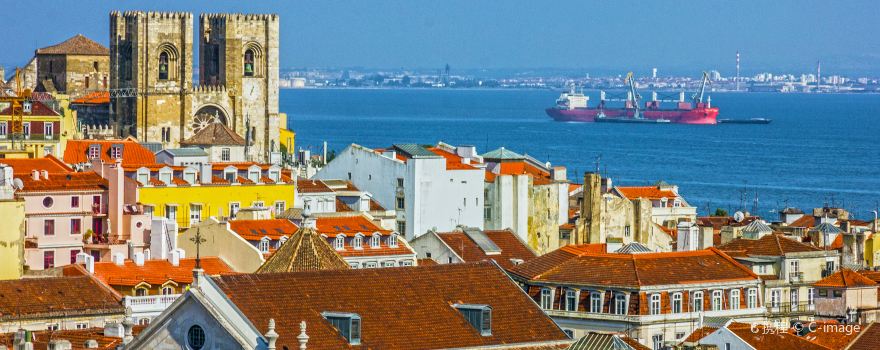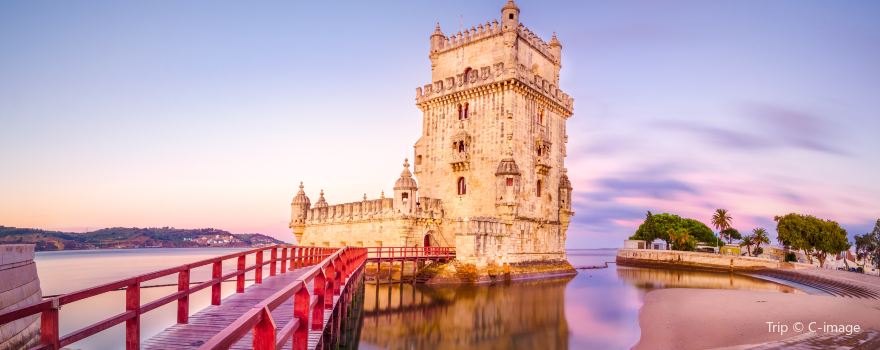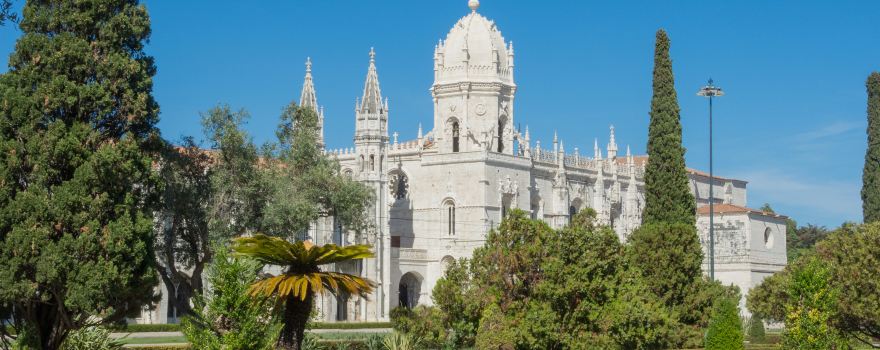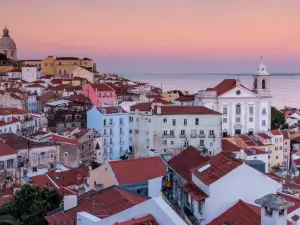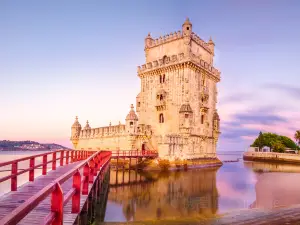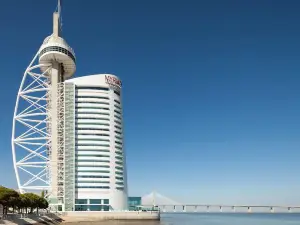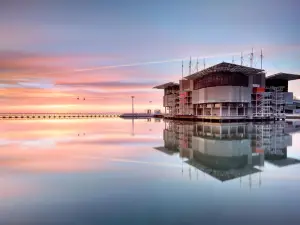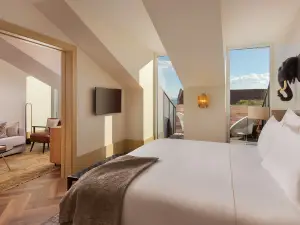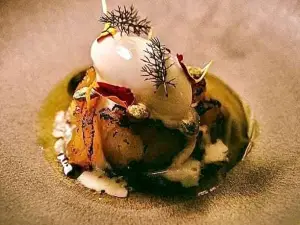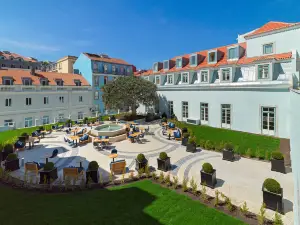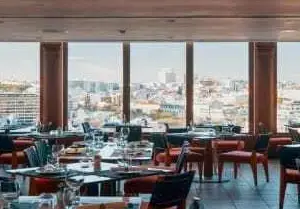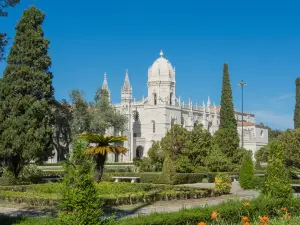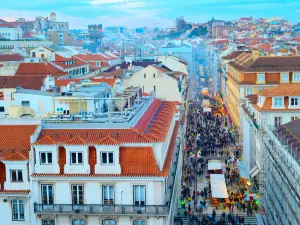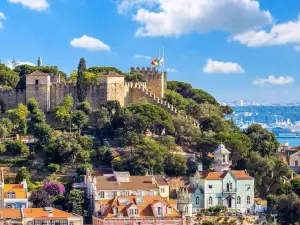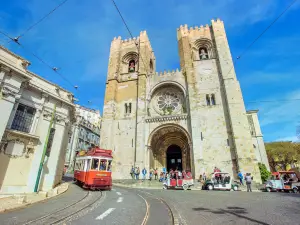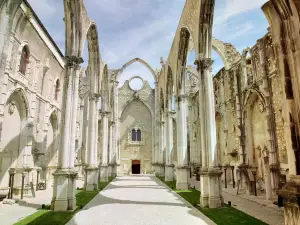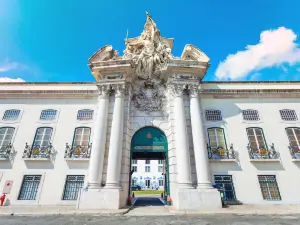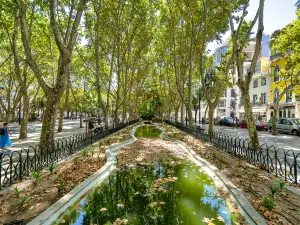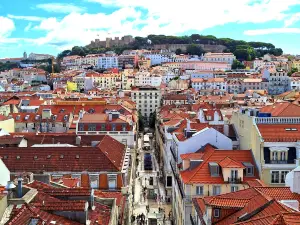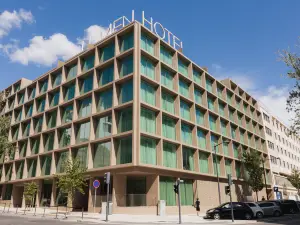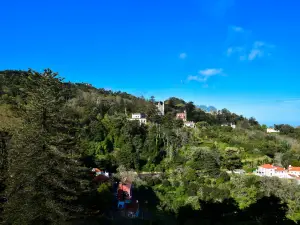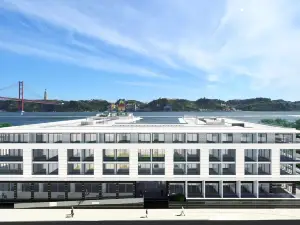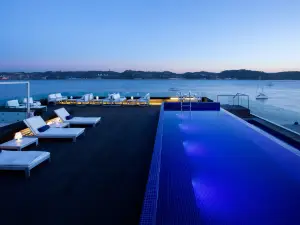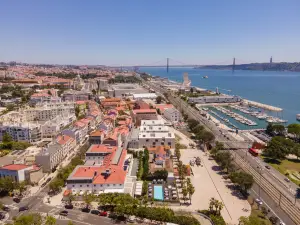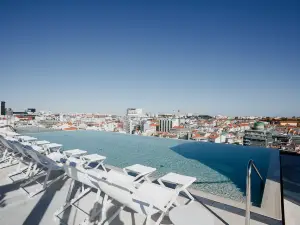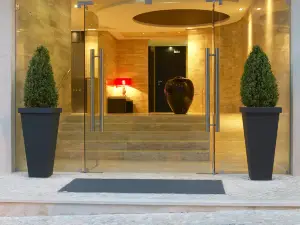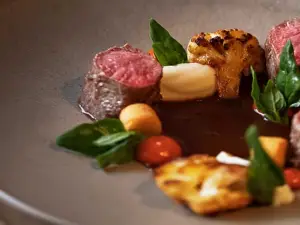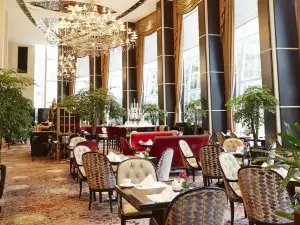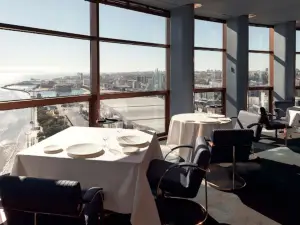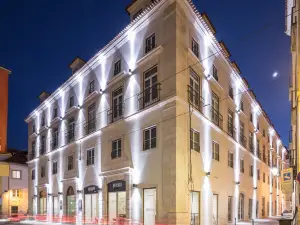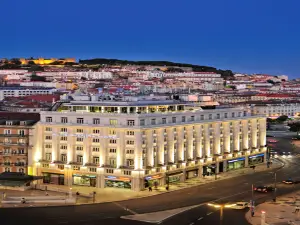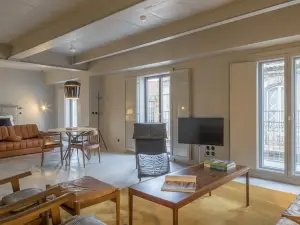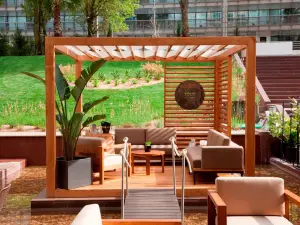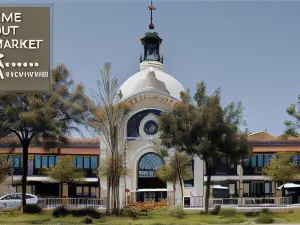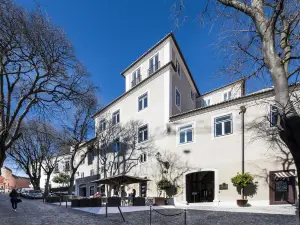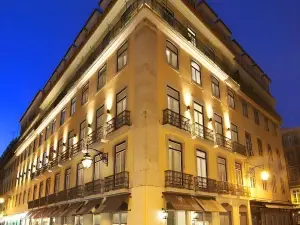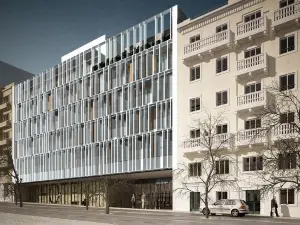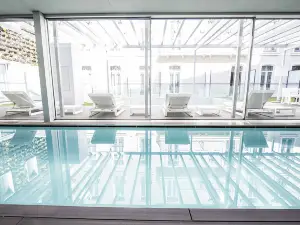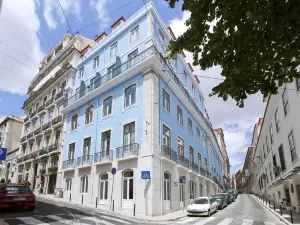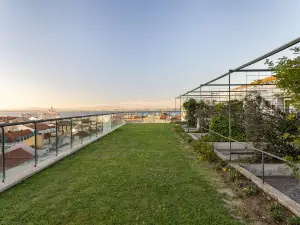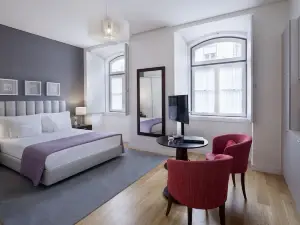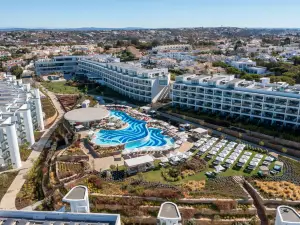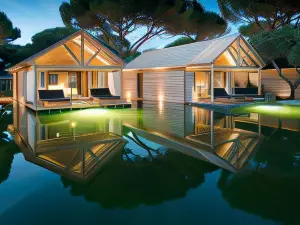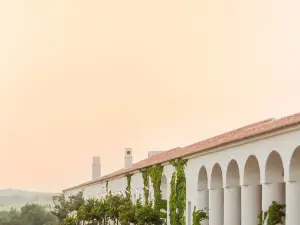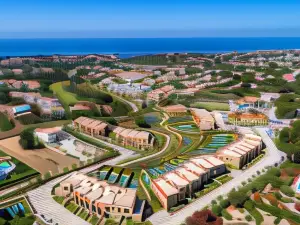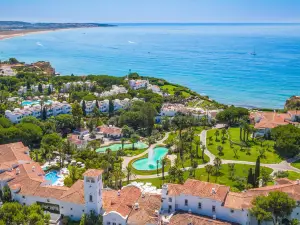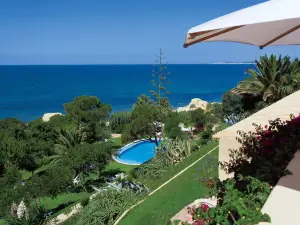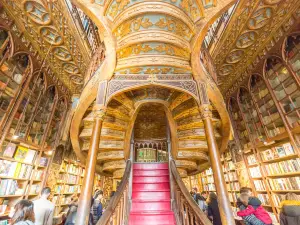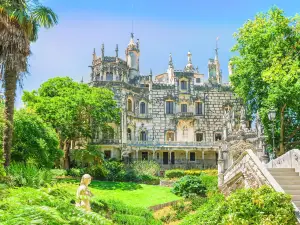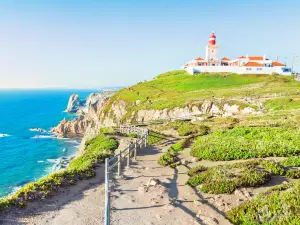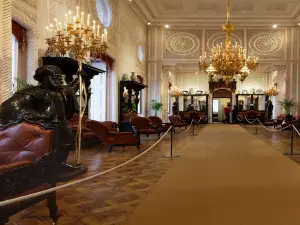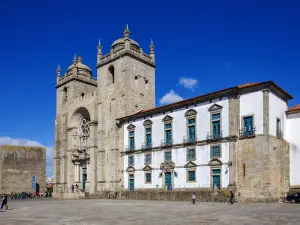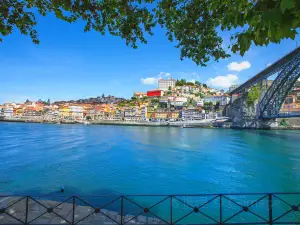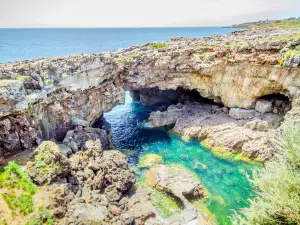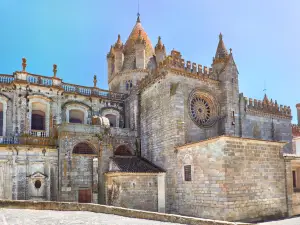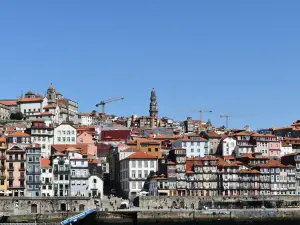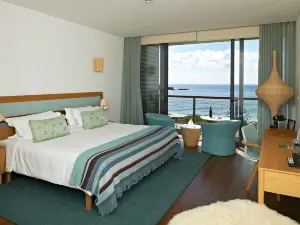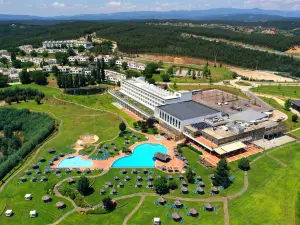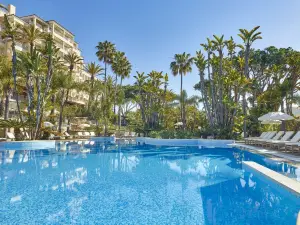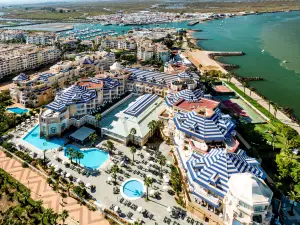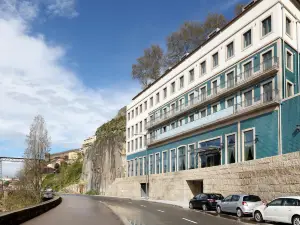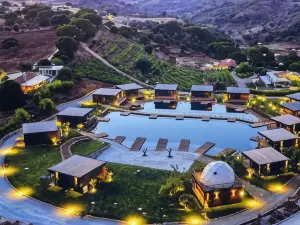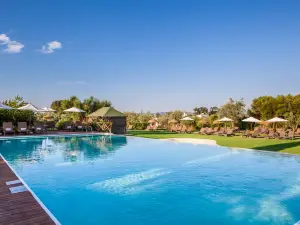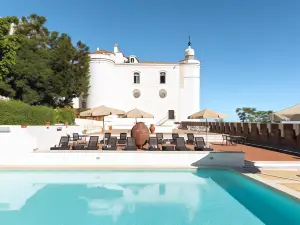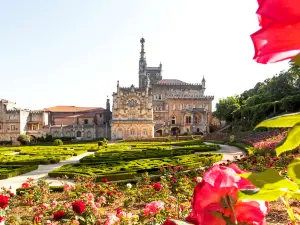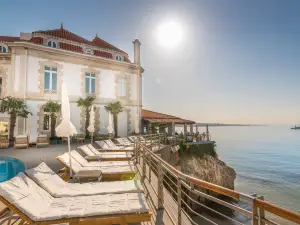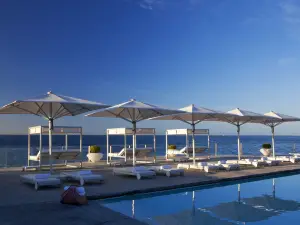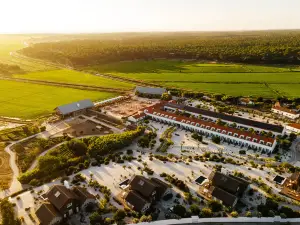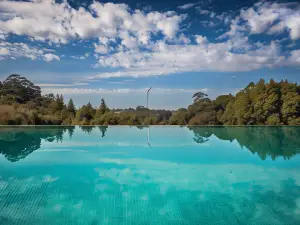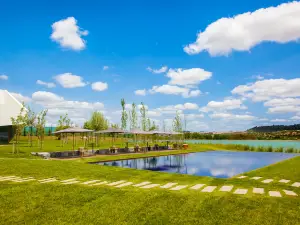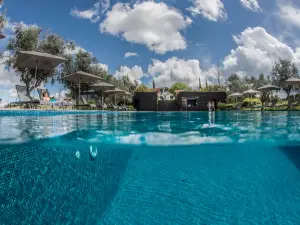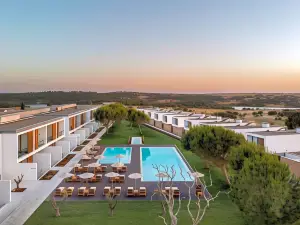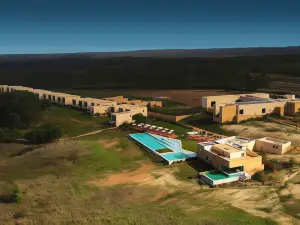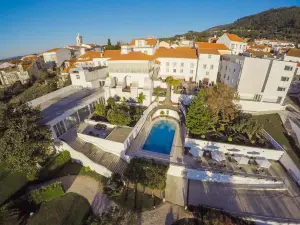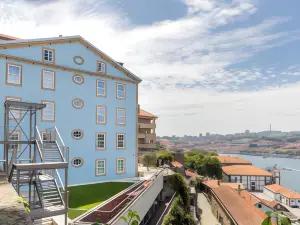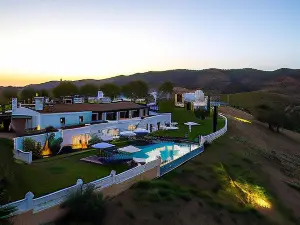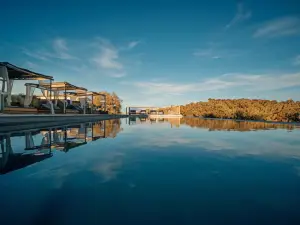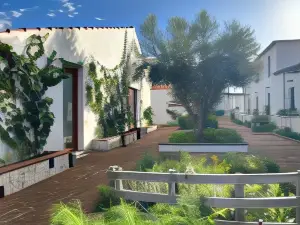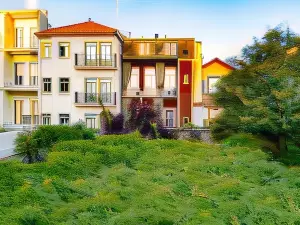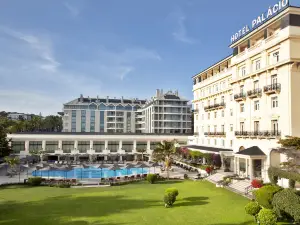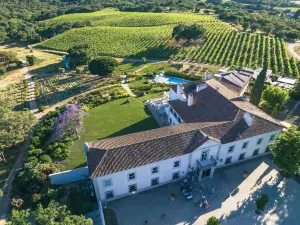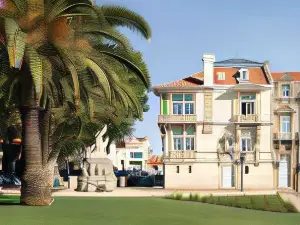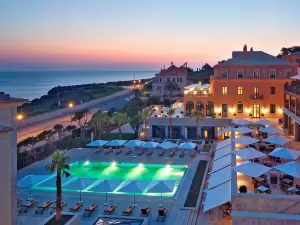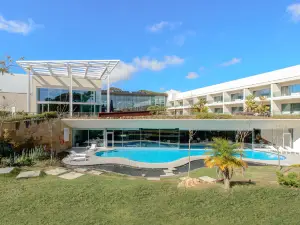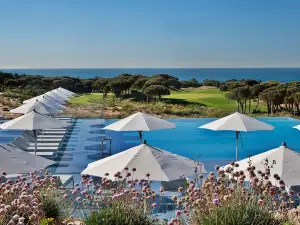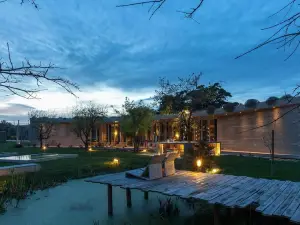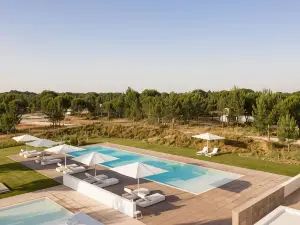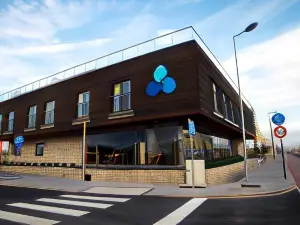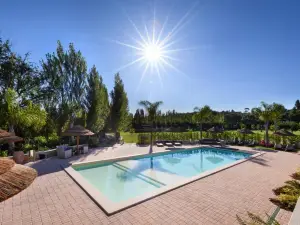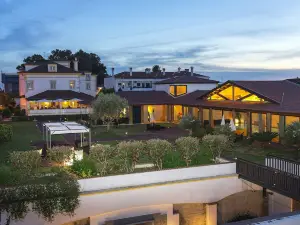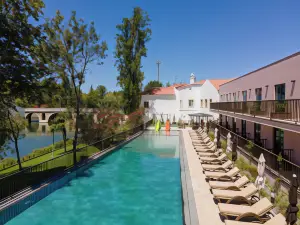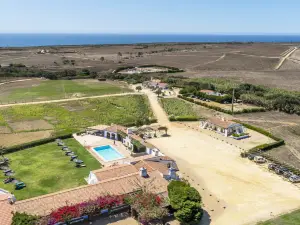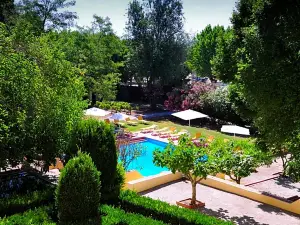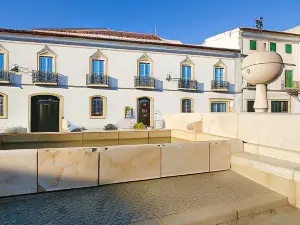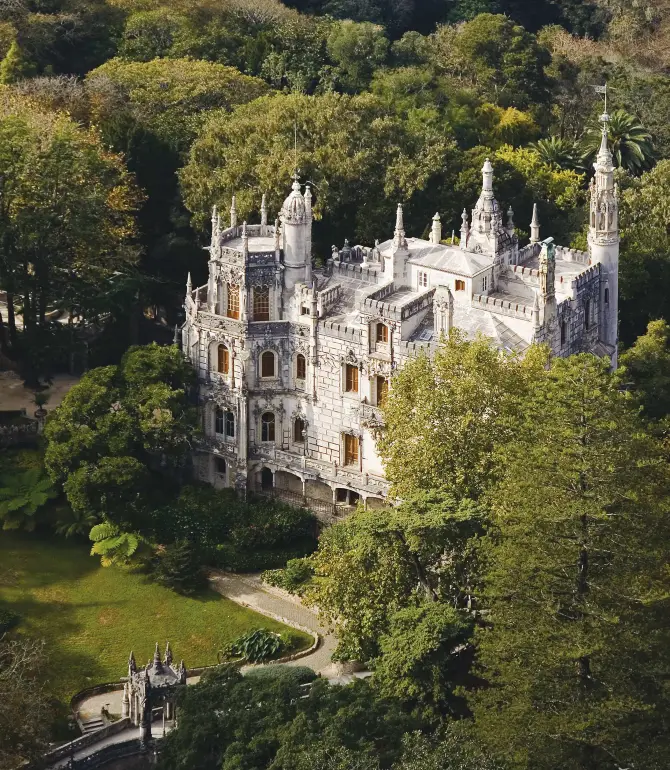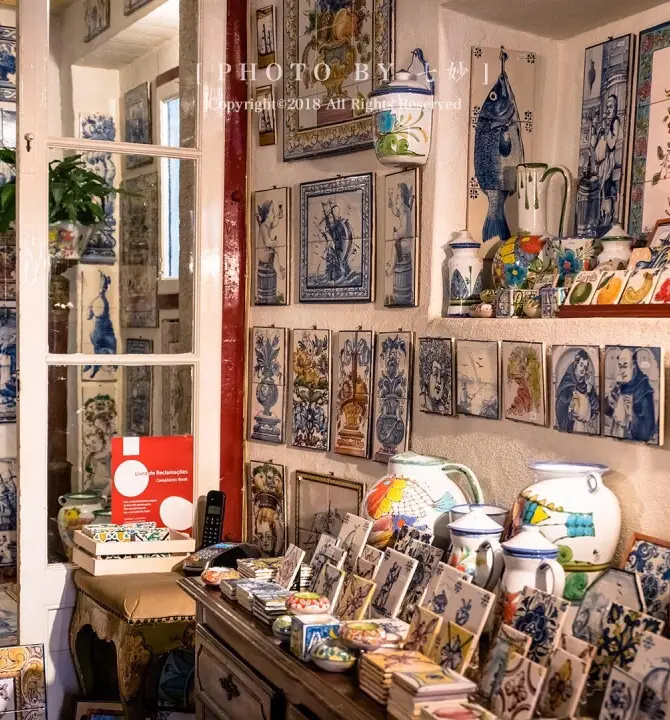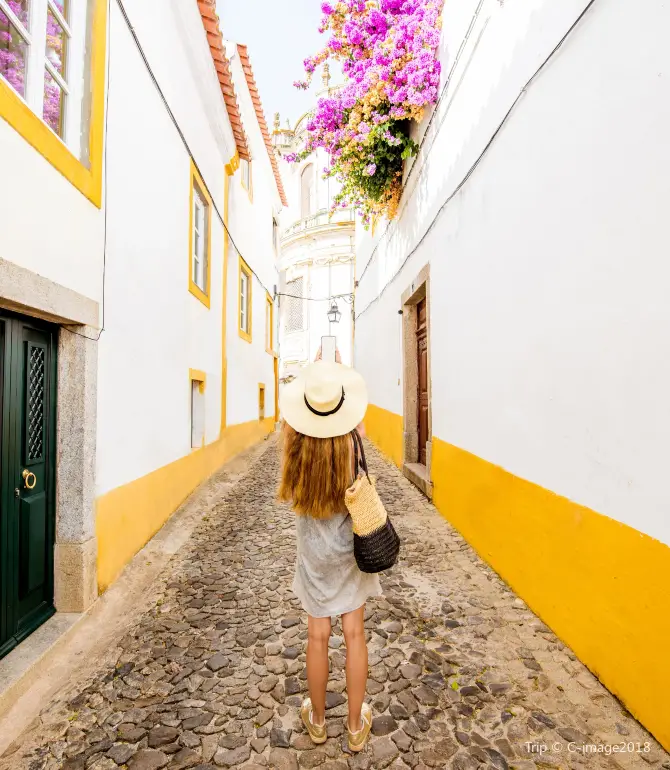Things to Do in Lisbon in 2025 - Top Attractions, Local Food, Hotels & Travel Tips (Updated April 2025) | Trip.com
About Lisbon
Recommended trip: 2–4 day(s)
Recommended trip: 2–4 day(s)Current Weather Conditions
Lisbon Local Experiences Map

Trending in Lisbon
Lisbon Local Travel Guide 2025
Lisbon Brief Guide
Lisbon, the westernmost European capital city, lies with the Sintra Mountains to the north and the Tagus River to the south. This old city with a long and storied history is built atop seven hills, its topography undulating between high and low. Buildings are constructed like mountain ranges, with old churches and monuments found throughout its dense medieval atmosphere. The new city district is a veritable forest of modern buildings. Even though the World Exposition Park is far away, it is still a good destination for for a leisurely walk. There is also the area of Belém replete with a nautical atmosphere, where you can walk and admire the exquisite architecture in the the glow of the setting sun. A sunset like this is absolutely unforgettable!
Lisbon Must-try Local Experiences
1. Discover Lisbon's Historical Gems Explore Lisbon's iconic landmarks like the Jerónimos Monastery and Belém Tower, both UNESCO World Heritage sites. Ride Tram 28 through historic neighborhoods for a glimpse of daily life and picturesque streets. 2. Wander through Alfama Stroll through Alfama's narrow streets, discover hidden gems, traditional Fado houses, and enjoy views from Miradouro de Santa Luzia. 3. Experience the Soul of Fado Immerse yourself in Fado music at intimate houses in Alfama or Bairro Alto, enjoying live performances with traditional Portuguese cuisine. 4. Celebrate Lisbon Carnival Experience the vibrant Lisbon Carnival in February with colorful parades, music, and dancing, enjoying the city's lively atmosphere. 5. Savor Lisbon's Culinary Delights Indulge in Lisbon's cuisine with Pastéis de Nata, fresh seafood, and grilled sardines, reflecting Portugal's coastal heritage. 6. Find Treasures at Feira da Ladra Explore Feira da Ladra, Lisbon's oldest flea market, for antiques, vintage clothing, handmade crafts, and unique souvenirs. 7. Capture Lisbon's Charm from Miradouro da Graça Ascend to Miradouro da Graça for panoramic views of Lisbon, capturing stunning photos of the cityscape and the Tagus River. 8. Journey to Sintra's Fairytale Palaces Take a day trip to Sintra to explore National Palace of Pena, Quinta da Regaleira, and the Moorish Castle, all set in enchanting gardens. 9. Take a River Cruise on the Tagus Experience Lisbon from a different perspective with a river cruise on the Tagus River, enjoying scenic views of the city's landmarks.
Lisbon Travel Tips
1. Be Cautious Near the Waterfront: The waterfront areas in Lisbon can have strong currents and slippery surfaces. Exercise caution when walking near the water, especially with children. Always follow safety signs and lifeguard instructions, avoid unstable cliffs, and be aware of rip currents. It's safer to visit guarded beaches and avoid swimming in areas without lifeguards. 2. Taxi Safety in Lisbon: Use official taxis or ride-hailing apps to ensure fair pricing and safety. Official taxis are cream-colored or black and green. Always ensure the meter is running or agree on a price before starting your journey. Avoid set prices and be cautious of drivers offering tours. Use GPS to track your route and prefer taxis from official stands or apps. 3. Photography and Drone Regulations: Photography in many museums and historical sites in Lisbon is restricted, with some prohibiting photography or flash photography. Drone usage is regulated, requiring prior authorization from the National Civil Aviation Authority (ANAC) and adherence to no-fly zones. Drones must be flown within sight, below 120 meters, and away from crowds and sensitive areas. Always check local laws and signage to avoid fines or equipment confiscation. 4. Save Money with Lisboa Card: The Lisboa Card offers free or discounted entry to many attractions, as well as unlimited public transportation. It's a great way to save money while exploring the city. 5. Strict Smoking Regulations: Smoking is prohibited in most indoor public places in Lisbon, including restaurants and bars unless they meet specific size and ventilation requirements. Always look for designated smoking areas to avoid fines.
Lisbon Must-see Attractions
Lisbon, Portugal's capital, is a city rich in history and culture, featuring iconic landmarks like the Belem Tower and Jeronimos Monastery, the charming ancient district of Alfama with its Fado music, the historically significant Castelo de São Jorge, and the luxurious Avenida da Liberdade, all of which together offer a diverse and immersive experience for visitors.
Lisbon Where to Stay
Lisbon offers a diverse range of accommodation areas, each with its own unique charm and characteristics.
Lisbon Food Guide
Lisbon's food scene is a rich tapestry of flavors, featuring a variety of Portuguese wines, the iconic pasteis de nata, traditional grilled sardines, and the versatile codfish, each with deep historical roots and cultural significance, reflecting the city's culinary diversity and tradition.
Lisbon Useful Guide
Lisbon's transportation infrastructure is well-developed, with Humberto Delgado Airport and Sete Rios bus station being key intercity travel hubs. Humberto Delgado Airport, commonly known as Lisbon Airport, is the primary aviation hub for Portugal, located approximately 7 km from the city center. It serves as a main hub for TAP Air Portugal and a significant base for low-cost carriers such as Ryanair and easyJet. To reach the city from the airport, passengers can take the Red Metro Line, which provides direct access to downtown Lisbon. Additionally, buses, taxis, and car rental services are available. Sete Rios bus station is a major intercity bus hub in Lisbon, situated close to the city center and connected to the Jardim Zoológico metro station on the blue line. It serves as the primary terminal for Rede Expressos, Portugal's main intercity coach company, and offers connections to various parts of Portugal. For travelers arriving at Lisbon Airport, the metro provides a convenient route to Sete Rios, requiring a change from the red to the blue line.
Trip.Best: Lisbon
Things to do in Lisbon
What to Do
Monument to the Discoveries
Lisbon Cathedral
Lisbon Oceanarium
Avenida da Liberdade
Santa Justa Lift
Where to Stay
What to Eat
Lisbon Moments: Through Travelers' Eyes

One day in Lisbon 🇵🇹

Trip to Lisbon, Portugal 🇵🇹

Belém Tower (Lisbon)

A Mountain City and the Colorful Lisbon🇵🇹

Lisboa

Lisbon's must-visit Pink Street, a place full of girlish charm.

A solo weekend in Lisbon 🇵🇹

Take the most beautiful elevator ride to overlook the cityscape of Lisbon: Santa Justa Elevator.
What People Are Saying About Lisbon
Belém Tower
Jerónimos Monastery
São Jorge Castle
Alfama
Monument to the Discoveries
Lisbon Cathedral
Fado in Chiado
Lisbon Oceanarium
Carmo Archaeological Museum
Lisbon Military Museum
Best of Lisbon
About
Site Operator: Trip.com Travel Singapore Pte. Ltd.

